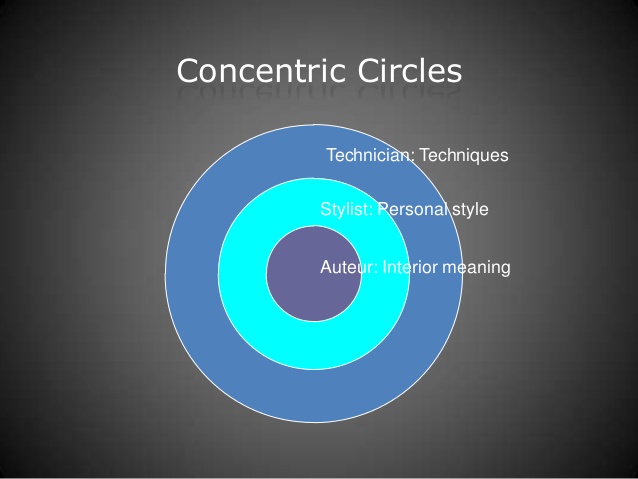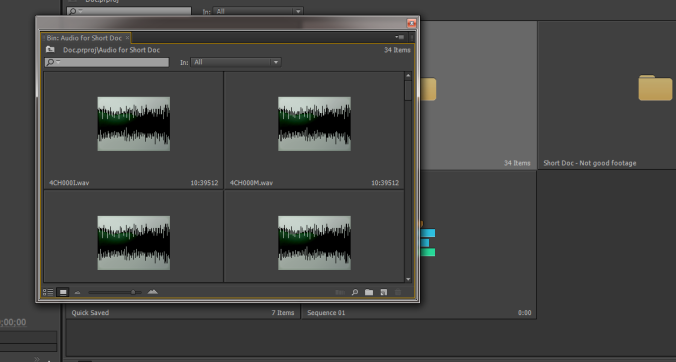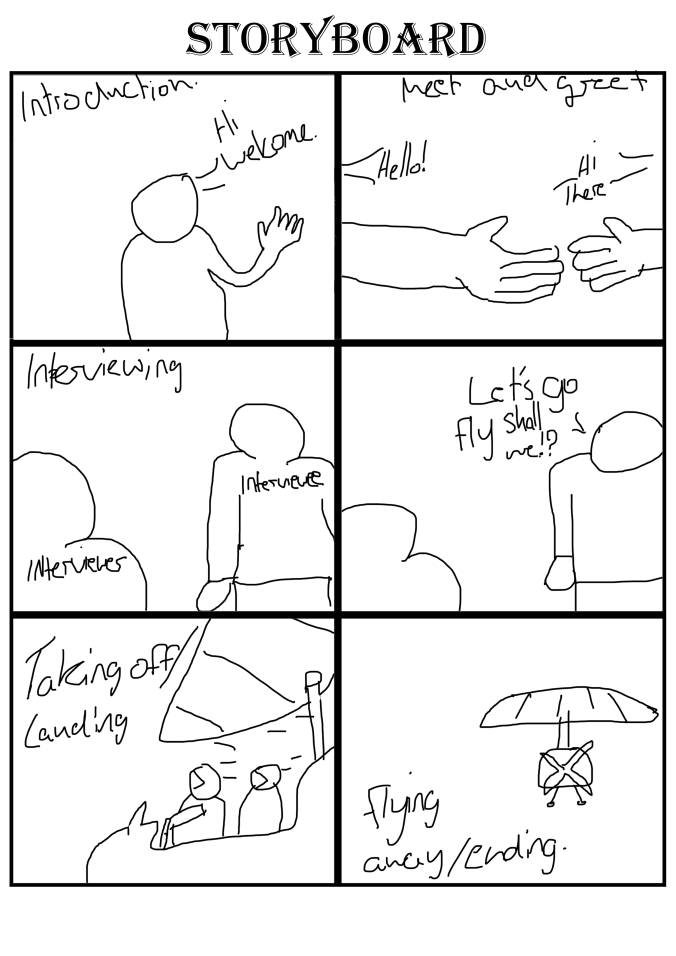The Auteur Theory:
The auteur theory, french translated for author, is when the director is the main force behind the production of their films, it was first theorised in france during the 1940’s during the french new wave by André Bazin and Alexandre Astruc, it was then later backed by an american critic named Andrew Sarris, the directors that were first thought of as the first of the auteur kind were, François Truffaut known then for ‘The 400 Blows’ and ‘Shoot the Pianist’ and Jean-Luc Godard who was also known for ‘Breathless’ and ‘Vivre Sa Vie’. Some flaws with this theory would have to be that there is no way to say that one person is capable of being the lone creator of a film and therefore there is controversy whether this theory is practical. A study in germany found that script writers were the main moving force behind any film, this is due to the director having to work to a script to be able to direct anyone at all, there is also the argument that if there was no director then the film wouldn’t exist, afterall the director has all control of the final output. So there is a lot of controversy behind who has the most control when it comes to filmmaking. I, myself do believe that if the director is talented, i’d dub them as an auteur, though a problem with doing so is that i have now set them more creatively adept than ordinary directors, and i would more than likely choose them over anyone else. One thing that i do like about auteurs are that they’re easier to recognise than regular directors due to noticeable techniques between each of their movies. An example of an auteur that i enjoy would have to be Stanley Kubrick, some examples of his techniques or ‘Quirks’ would have to be the use of theatrical violence, what i mean is when you would have such a violent scene backed with an innocent song, due to the content of the scene it therefore twisted the song, and from then onwards, once you hear said song, you would instantly be reminded of Kubrick’s work. I wrote a short document about Stanley Kubrick Here.

The Genre Theory:
The word genre originates from the french word for ‘Kind’ or ‘Class’, the term mainly used in media theory to describe a movie as a type of general category, such as a comedy, action or romance, these can be shown through the use of many things within a film, some being as obvious as someone outright saying that they’re funny when it comes to comedy, of something as subtle as a close up, shot reverse shot of two people looking at one another to define their love for one another, there are some genres that just wouldn’t exist without the help of past historic events, an example would be the very obvious that if there was no such thing as wars, then there would be no such movies as ‘Saving Private Ryan’ or ‘Apocalypse Now’, to elaborate more, the parts of these movies that make them fall into the genre of war, it isn’t to do with their stories or acting, it’s to do with guns, violence and the gritty truth of what happens during a war. Another example of a genre would be of a comedy film, to define such movies would be challenging as it depends on the audiences humor, but they all have the same theme of aiming to make an audience laugh, whether that be through slapstick humor of ‘Laurel and Hardy’ or of the adult references and actions that goes on in a ‘Monty Python’ film, genre is defined by its structural or thematic criteria, the parts of the film that make the film what it is.
The Reception Theory:
The reception Theory is all to do with the audience’s response or interpretation of a film, it is when producers or directors encode a hidden meaning within their film and want the audience to pick up on the subtleties within their films. A man named Stuart Hall conducted research into this and found there there were three different types of audience views on films, these three being Dominant, Negotiated and Oppositional. Dominant meaning the audience agrees with the views within the film but they don’t fully understand everything about the subject. A Negotiated view would be that the audience agrees, disagrees or questions the views within the Film, and an Oppositional view would be when the audience recognises the views constructed within the film but don’t agree with them due to cultural opinions, while the audience is in this mindset, it is impossible to change their views as they have already made up their mind on a certain view.

Narrative:
Realism;
Realism within film is there to allow the audience to connect with the worlds the director is attempting to display, this would have to be an accurate depiction of contemporary life that the views would somehow be able to sympathise with, this would include the appearance, problems and ethics of any person, whether they be from low class, mid or upper. The main points around realism in film would have to be able to convince the audience that these scenarios actually exist, ones such as giant robots landing on earth isn’t realism, an example of realism would be Bicycle thieves, where the start of the film shows how a man has gotten a new job, though he needs a bike for the job, he sells practically anything he owns to buy a bike, only to start the his new job and have his bike instantly stolen, these kinds of scenarios are what make the films seem real and relatable, you now sympathise with this man for you have seen what he went through to get his bike, just to have it stolen from him. Another thing about Bicycle Thieves that i love would have to be that it is one of the first, if not first movie to not be placed within a set, it was filmed out in the streets, with real working people going about their lives in the background.





